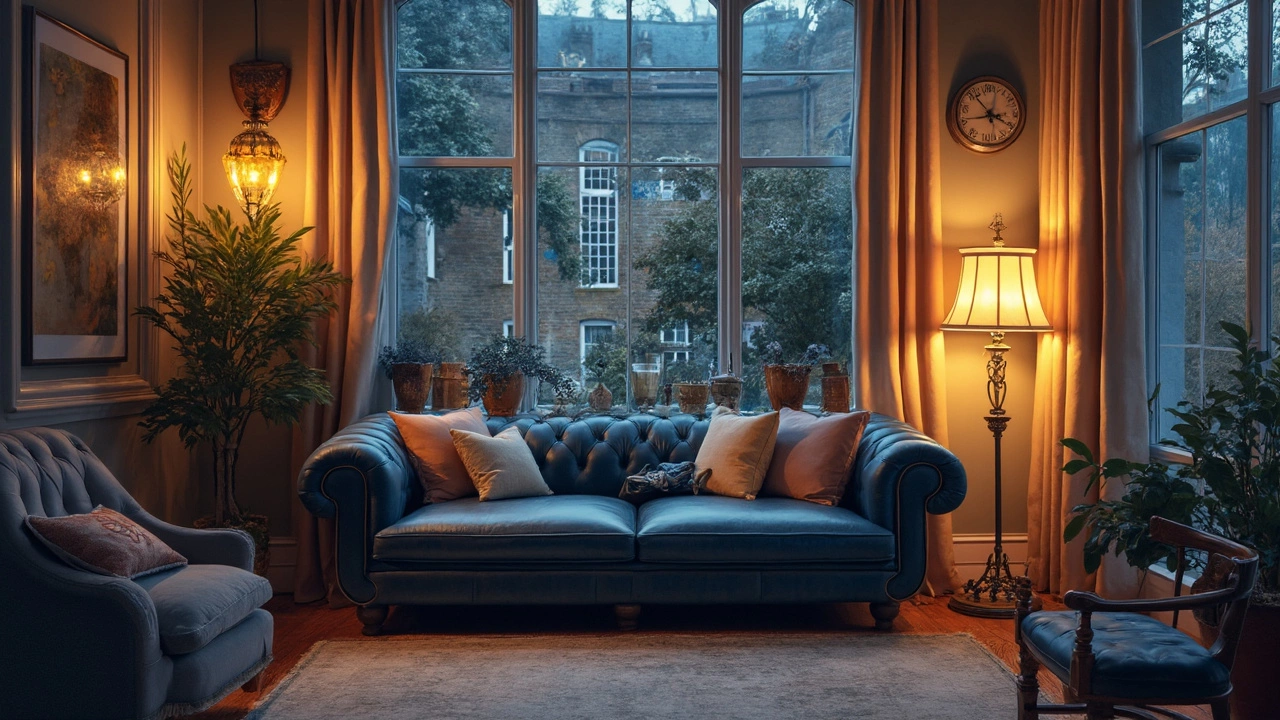Furniture Shopping Made Simple: Smart, Sustainable, and Savings‑Friendly
Buying new furniture can feel like a maze of showrooms, price tags and endless options. The good news? You don’t have to sacrifice style, comfort or the planet to get a great piece. In this guide we’ll break down when to shop for the best deals, how to pick eco‑friendly items, and what tiny details—like cushion thickness—can change the whole game.
When to Hunt for the Best Furniture Deals
Timing is everything. Most UK retailers roll out deep discounts in January, after the holiday rush, and again in July during mid‑year sales. If you’re eyeing a new couch, aim for the “best month to buy a couch” window—usually late winter or early autumn—when stock turnover pushes prices down.
Don’t forget to check clearance sections for items like shelving. Our recent guide on Make or Buy Shelves? Real 2025 UK Cost Breakdown shows that DIY can save you money, but only if you have the tools and time. For most shoppers, buying pre‑made floating shelves during a clearance sale beats the hassle of a weekend workshop.
Sign up for retailer newsletters and set price alerts. A quick 5‑minute check on a price‑comparison site can reveal a hidden discount that saves you £50‑£200 on a single piece.
Choosing Eco‑Friendly Pieces Without Breaking the Bank
Eco‑friendly doesn’t have to mean expensive. Look for furniture made from reclaimed wood, bamboo or recycled metal. These materials often come with a lower carbon footprint and can be cheaper than exotic hardwoods.
When it comes to sofas, cushion thickness matters for comfort and durability. Our article on the Perfect Couch Cushion Thickness explains that a 4‑5 inch high‑density foam core paired with a 2‑inch feather layer offers long‑lasting support without sagging. Choose fabrics like organic linen or Tencel—they’re breathable, biodegradable and often priced similarly to synthetic blends.
Don’t overlook the power of small upgrades. Swapping out plastic legs for wooden ones, or adding a set of sustainable rug pads under a bed, can boost both aesthetics and sustainability. A rug under the bed not only adds warmth but also protects flooring—check our Rug Under the Bed guide for size tips.
Lastly, think about the lifespan of each piece. A sturdy, timeless coffee table made from reclaimed oak will outlive a cheap particleboard set, saving you money in the long run. When you invest in quality, you also reduce waste.
Ready to start your furniture hunt? Keep these timing tricks, material picks, and comfort hacks in mind, and you’ll walk away with a living space that looks great, feels great, and does the planet a favor—all without blowing your budget.
-

Is $2000 Too Much for a Sofa? Let's Break It Down
Is spending $2000 on a sofa a wise investment or a budgeting misstep? This article explores the factors that determine a sofa's value, such as material quality, durability, and brand reputation. We delve into the worth of a higher price tag compared to budget options. Understanding these elements can help you make a more informed decision next time you shop for a sofa.
